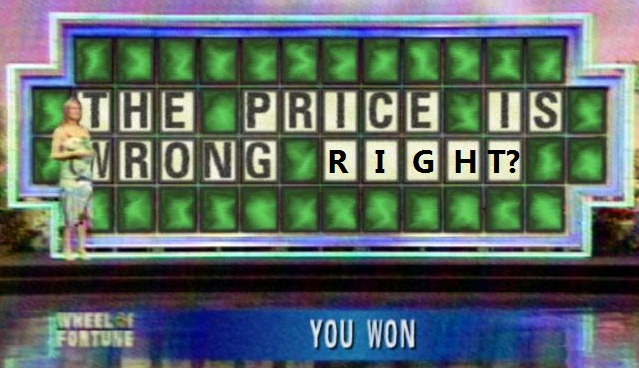Music Marketing Matters is a weekly feature that delivers ideas, case studies, and actionable advice for artists to market their music more creatively. For more on its inception, click here.
Big Data is upon us!
 Before you grab the nearest pitchfork and medieval torch to hand, fear not.
Before you grab the nearest pitchfork and medieval torch to hand, fear not.
Far from being some hideously mutated Star Trek character gone Frankenstein’s monster – although that probably happened at some point, didn’t it TrekHeads? – Big Data is merely the moniker given to the flood of information that has poured forth from the digital era. It is often a catch-all phrase, used to refer to the oncoming storm of making sense of more data than we can realistically hope to deal with.
On second thoughts, you might want to keep that pitchfork handy…
Facts About Fans
As an artist, if the previous talk of marketing in these pages has irked you, the presentation of data gathering and analysis is likely to be akin to the red rag to (a particularly talented) bull. Hopefully, disarming flattery will calm your creative soul. If not, how about this:
There are dollars floating in that data.
Or at least key information about your fans that will lead you to dollars. Does that quell some of your apprehension?
The reality is, as I’ve highlighted often in this series, that the music industry is rapidly moving on from tried and trusted ways of making money. For many artists they didn’t prove so trustworthy, but at least they were the devil you know, right? Well the devil you don’t know may actually turn out to be the guardian angel of your music career, if you can put in the time to set up some smart incentive and reward mechanisms to capture core information about your fans.

Image Credit: Anirudh Koul
Data can help you to make better decisions about where you play, what you play, what you release and how you release it.
It is increasingly becoming the currency of everything we do online, as consumers and not just fans of music, and it can help you play the long game of forging a slow but steady growth for your artistic career.
Getting Started With Data Gathering
As this is such a huge topic – and one that must certainly be taken in bit-sized chunks – I’ll be publishing an additional Music Marketing Matters later this week on specific mechanisms that you can install to crank up your data gathering efforts. These will be aligned with specific targets for several levels of artist, so that nobody gets left behind in getting at least some starter info bubbling away.
In preparation for these more detailed action posts, ask yourself the following questions about your current web presence:
- Do you have an e-mail list that you could segment by various criteria, such as age, location, musical preference?
- Do you have a handle on who are your biggest fans? What they’ve bought, when they’ve seen you, their favorite songs?
- Can you pinpoint communities in which your most active fans participate?
- Are you gathering information about your audience via multiple channels i.e. more than just your website?
- Do you understand how to approach different sections of your fan base in different ways, subject to the point above?
If you answered no to even one of these questions, there will be something for you in these forthcoming articles on data gathering for musicians. If not, I probably want to pick your brains for content!
Stay tuned, we’re about to go deep, deep into that devilish detail.



.